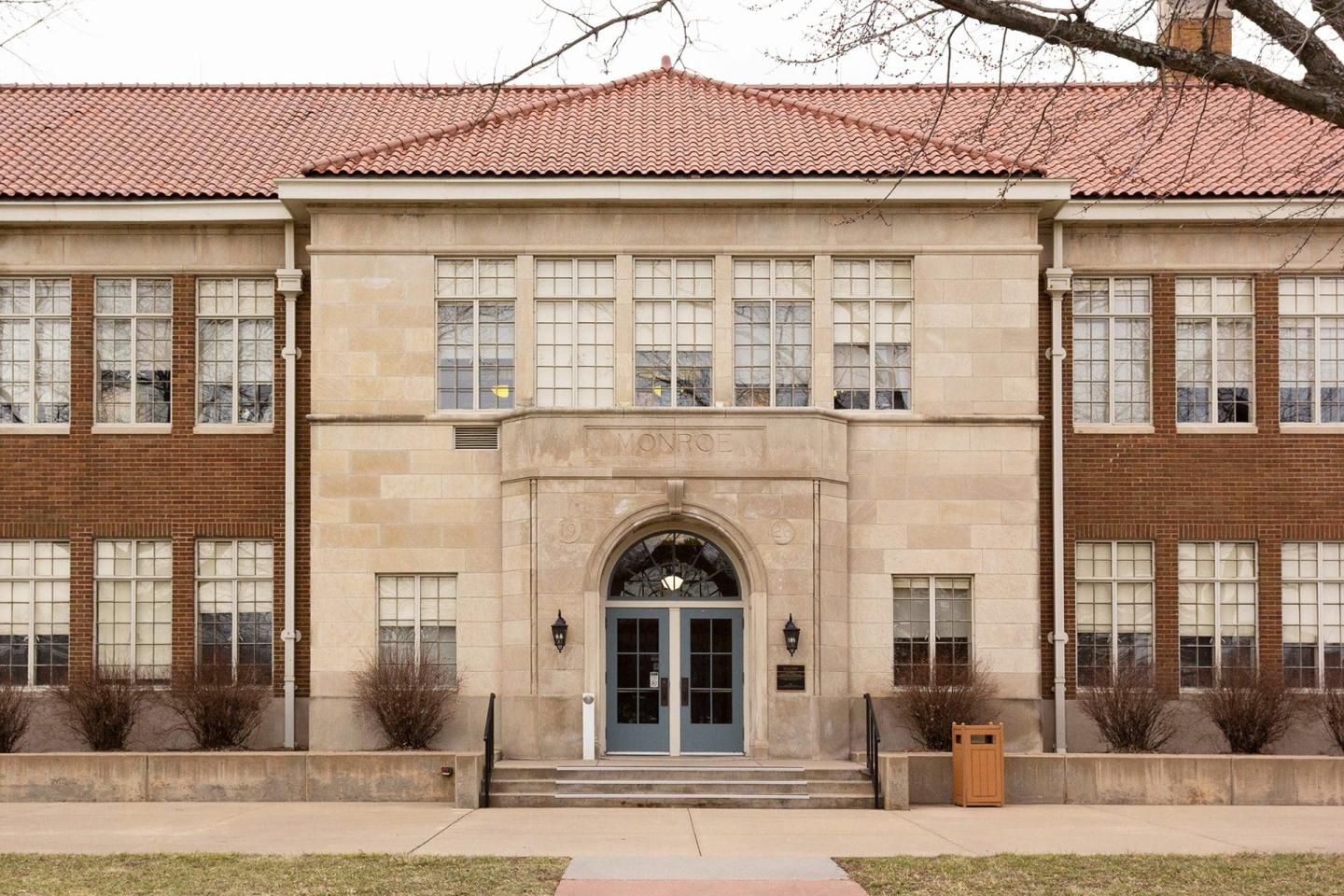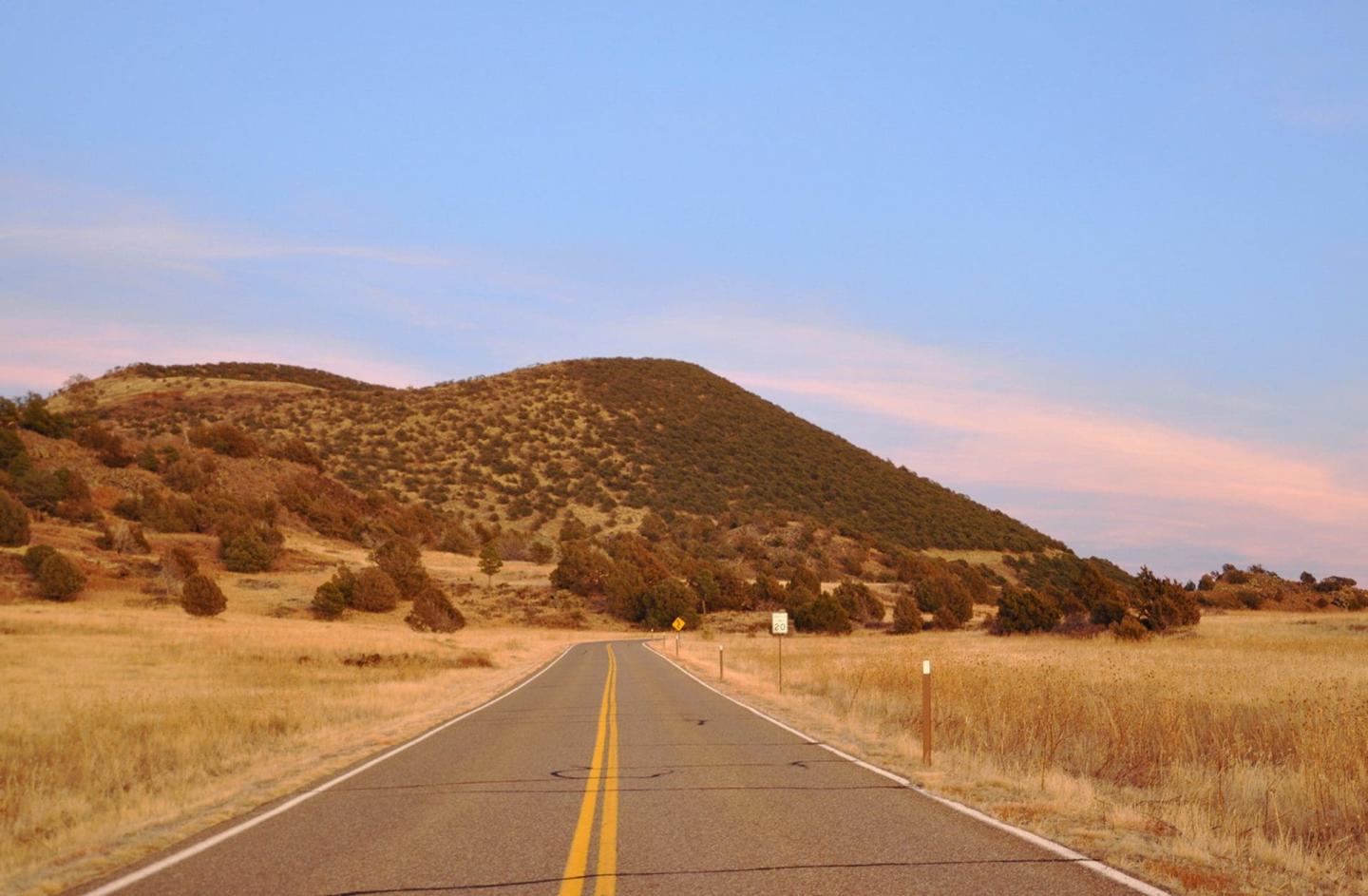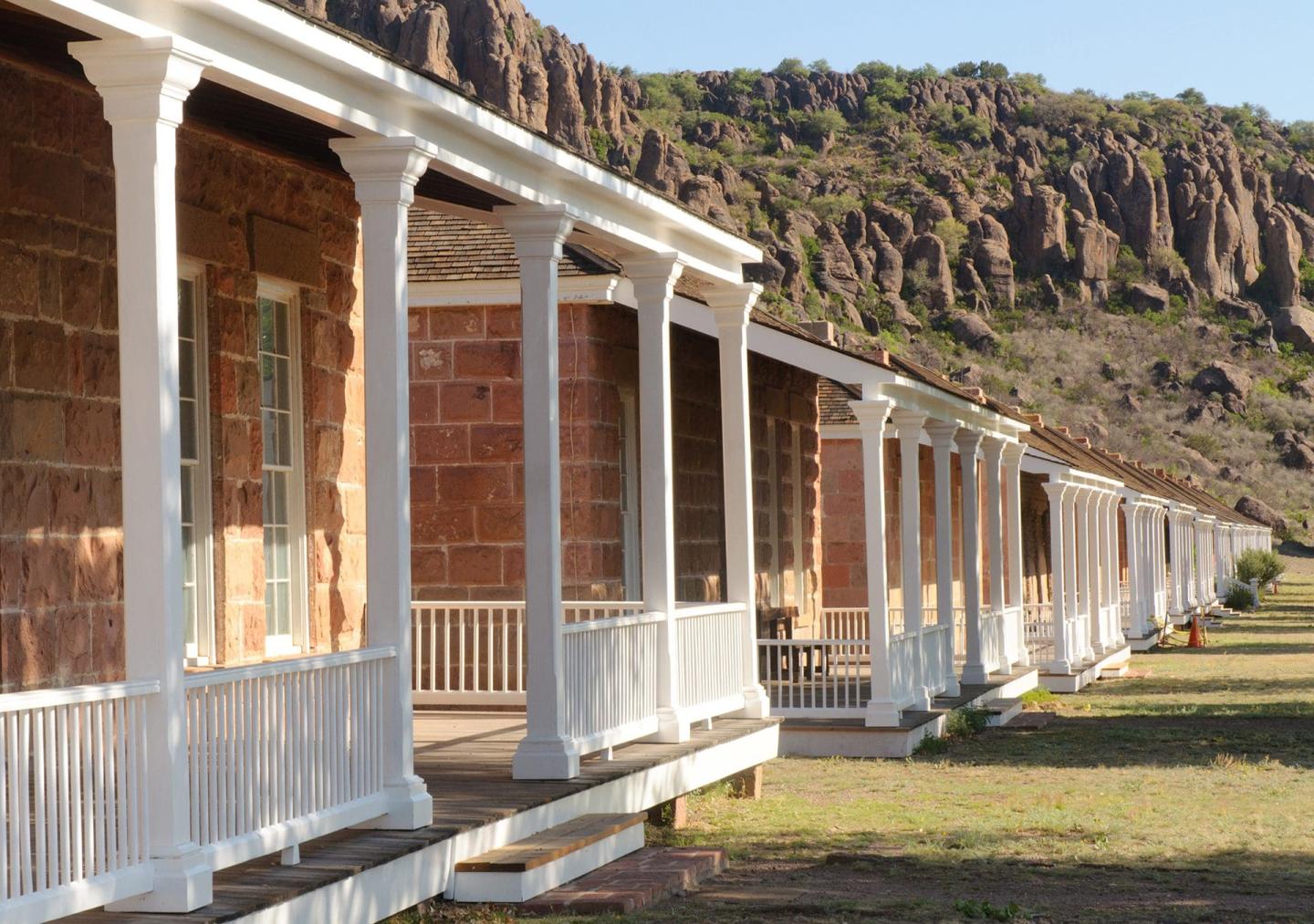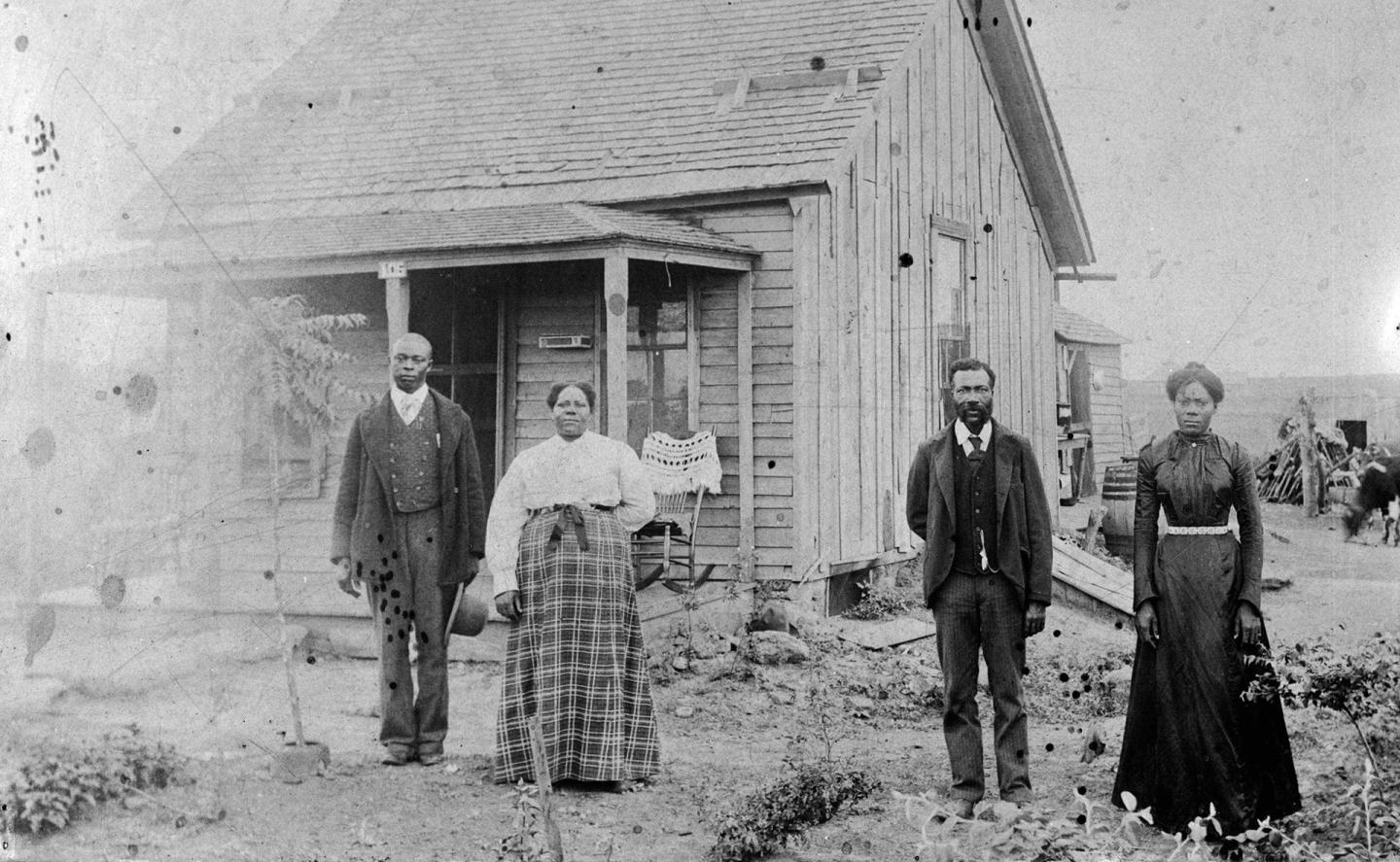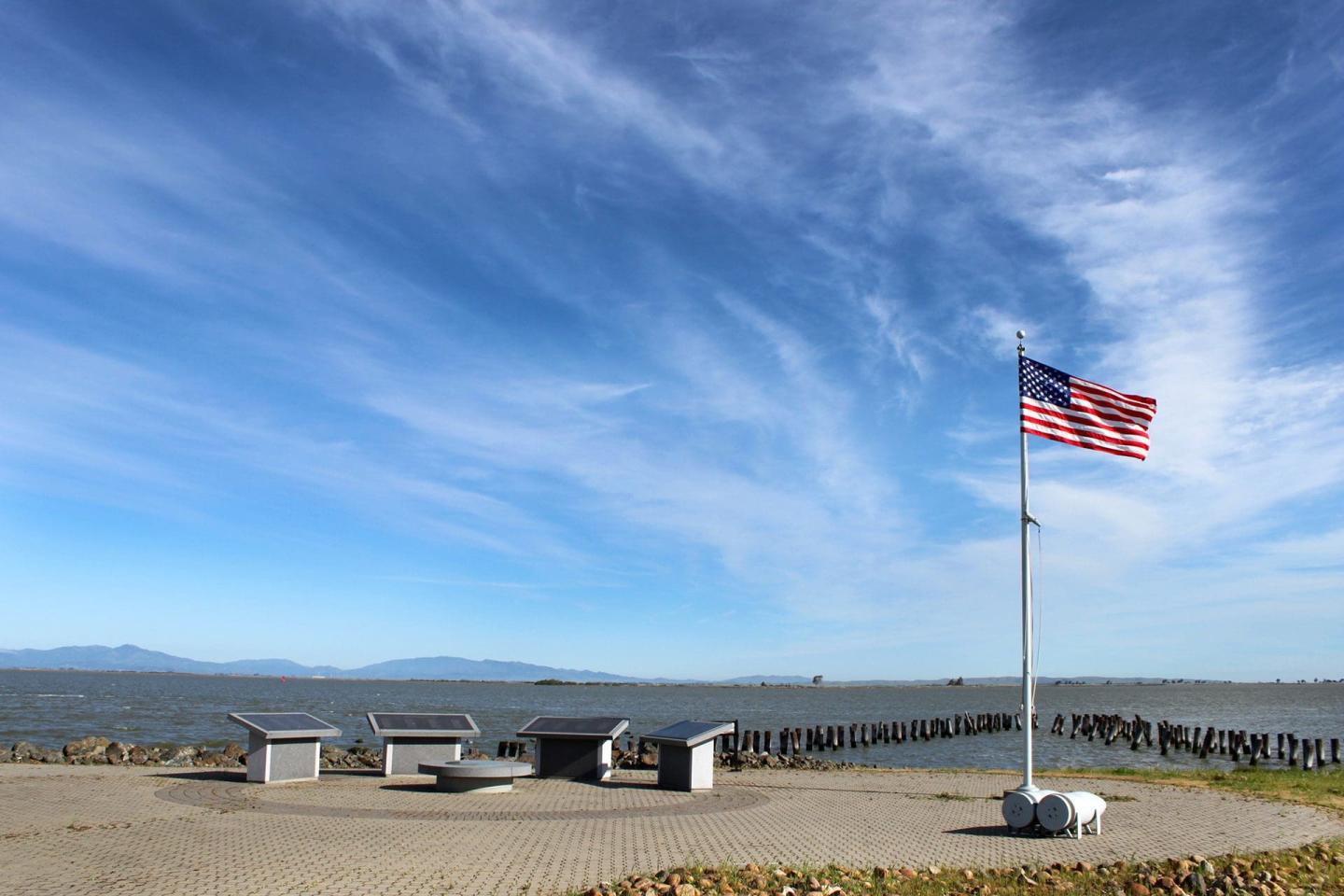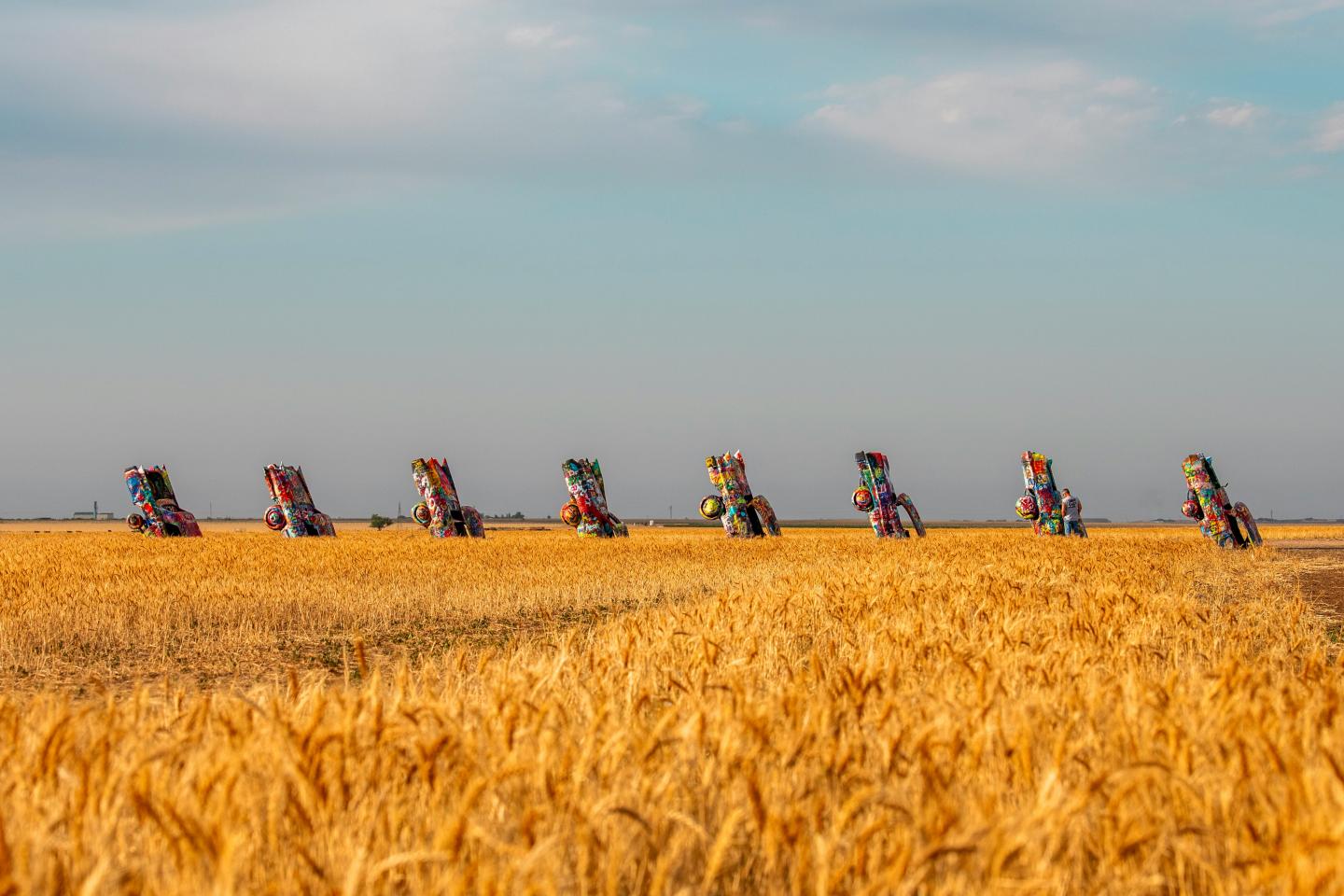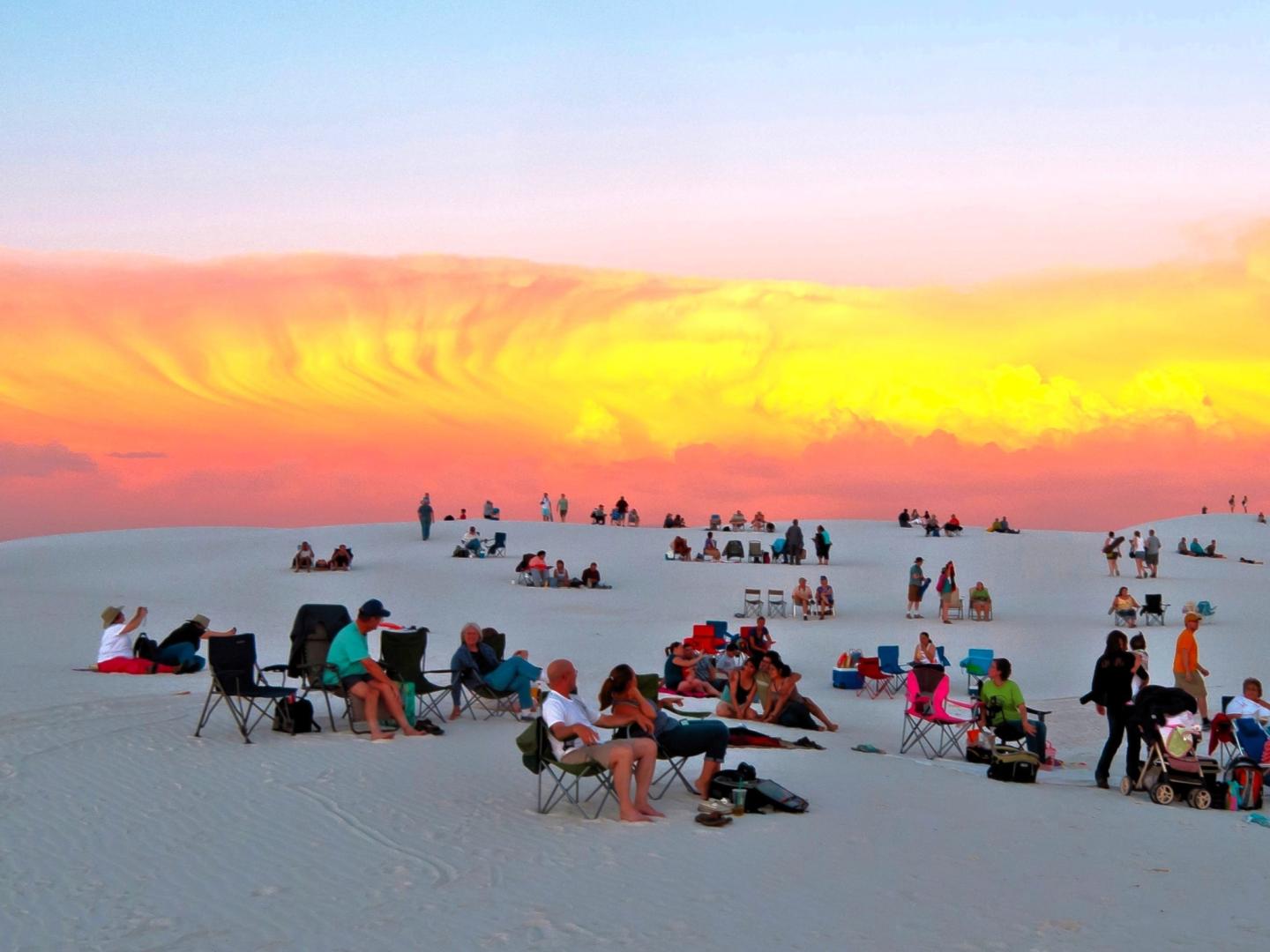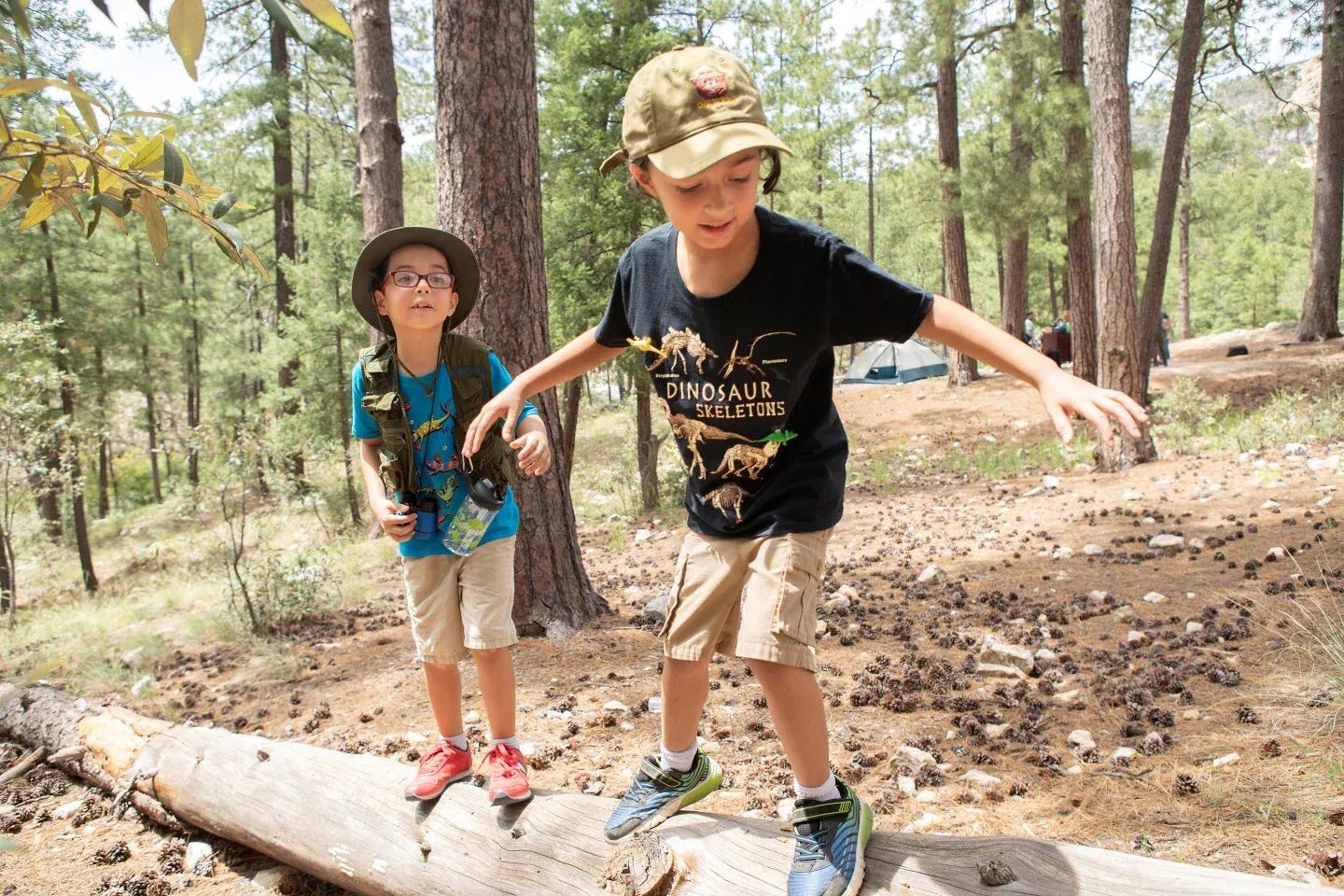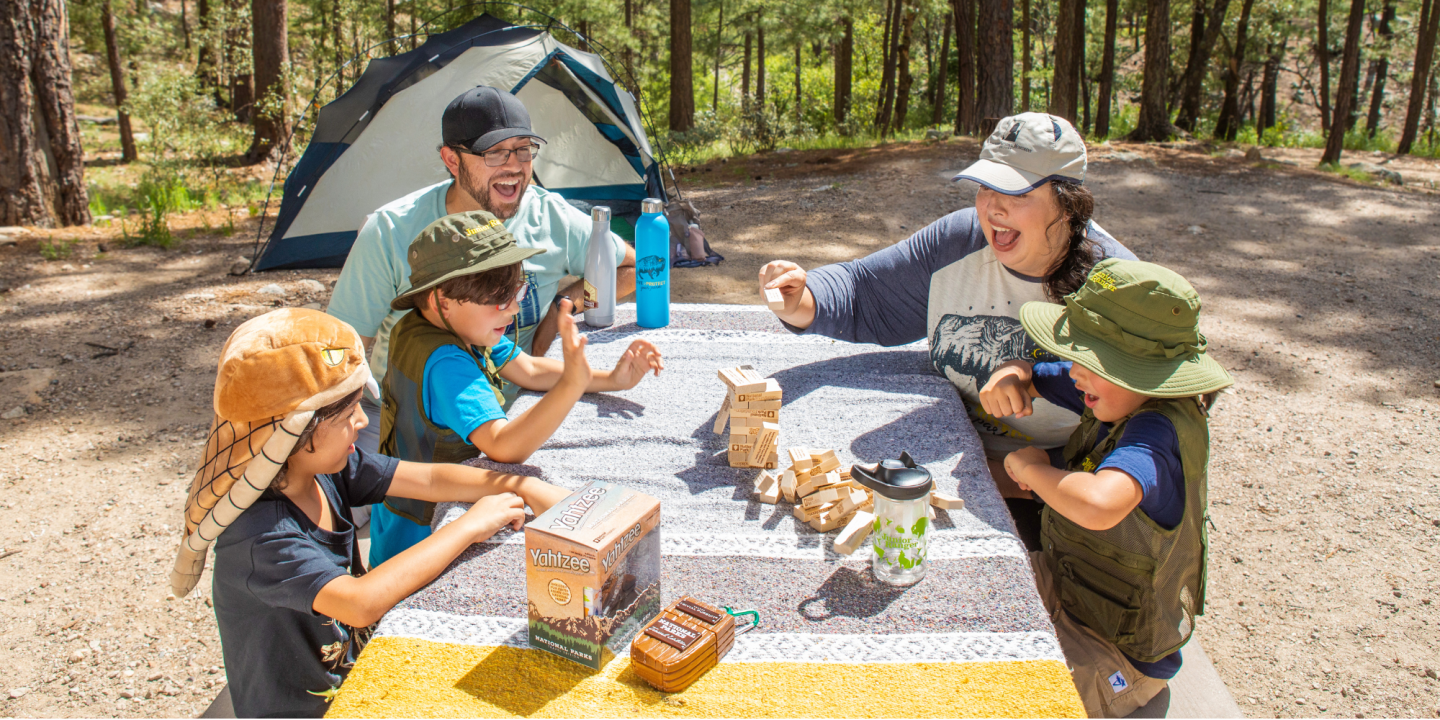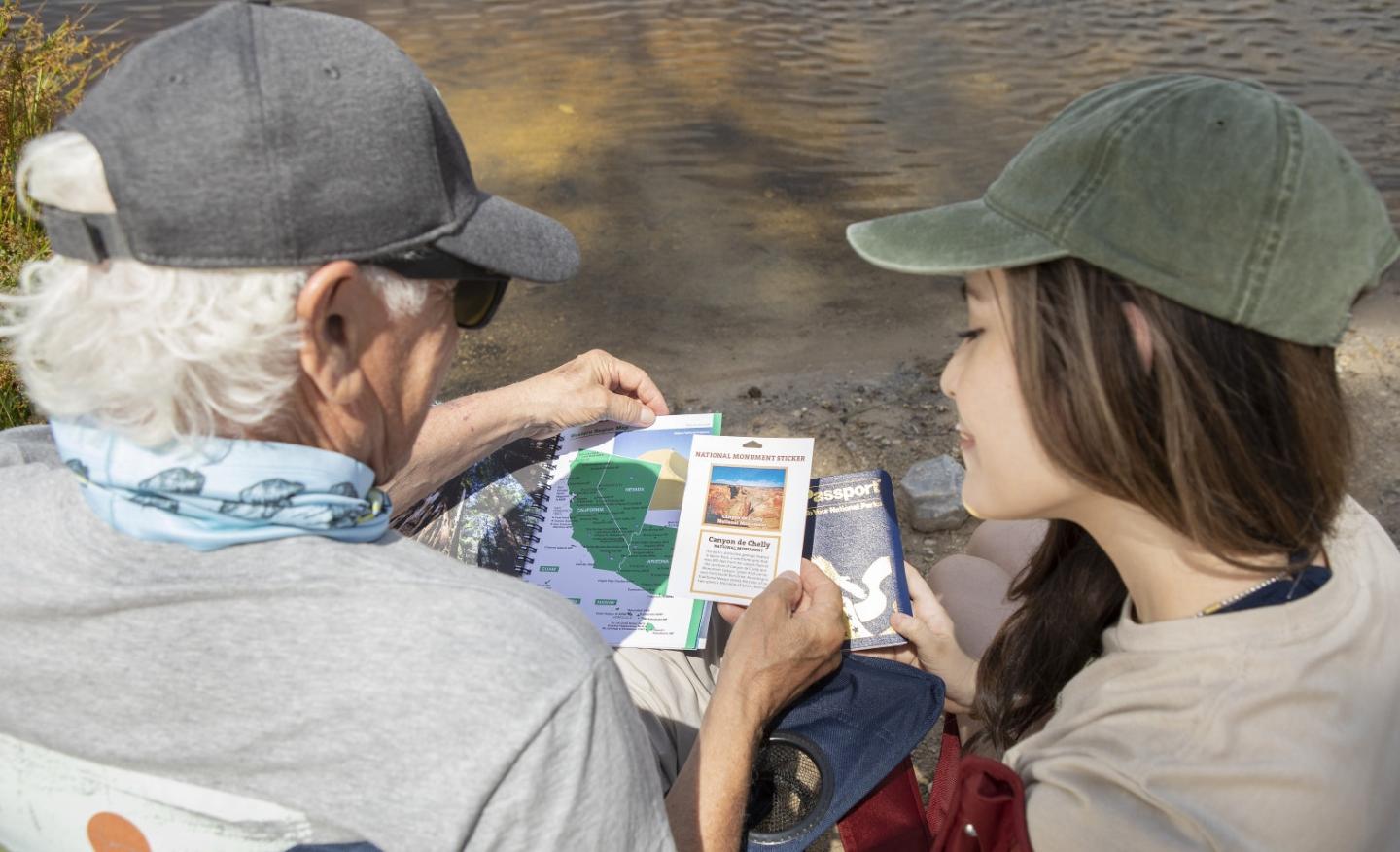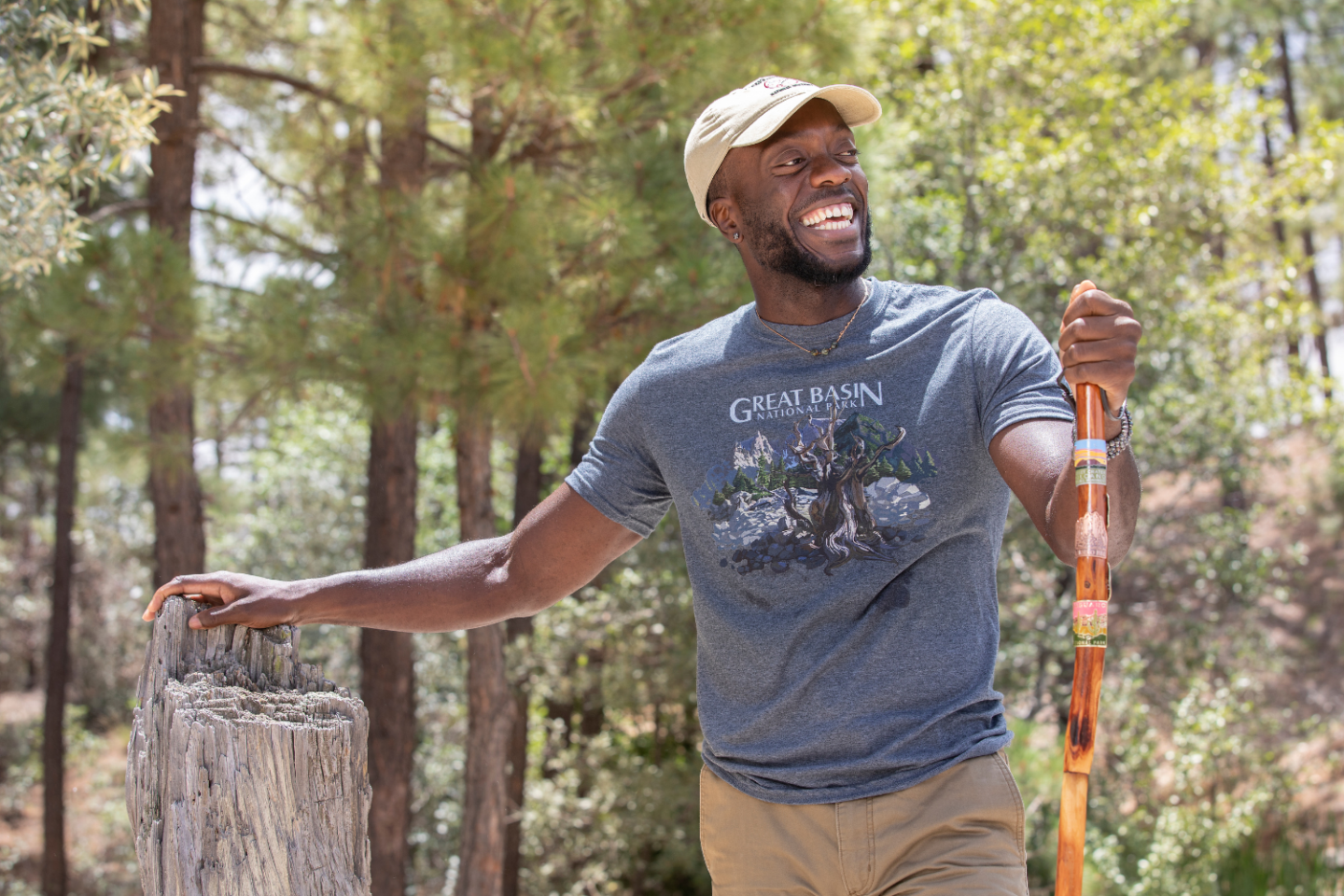
African American history
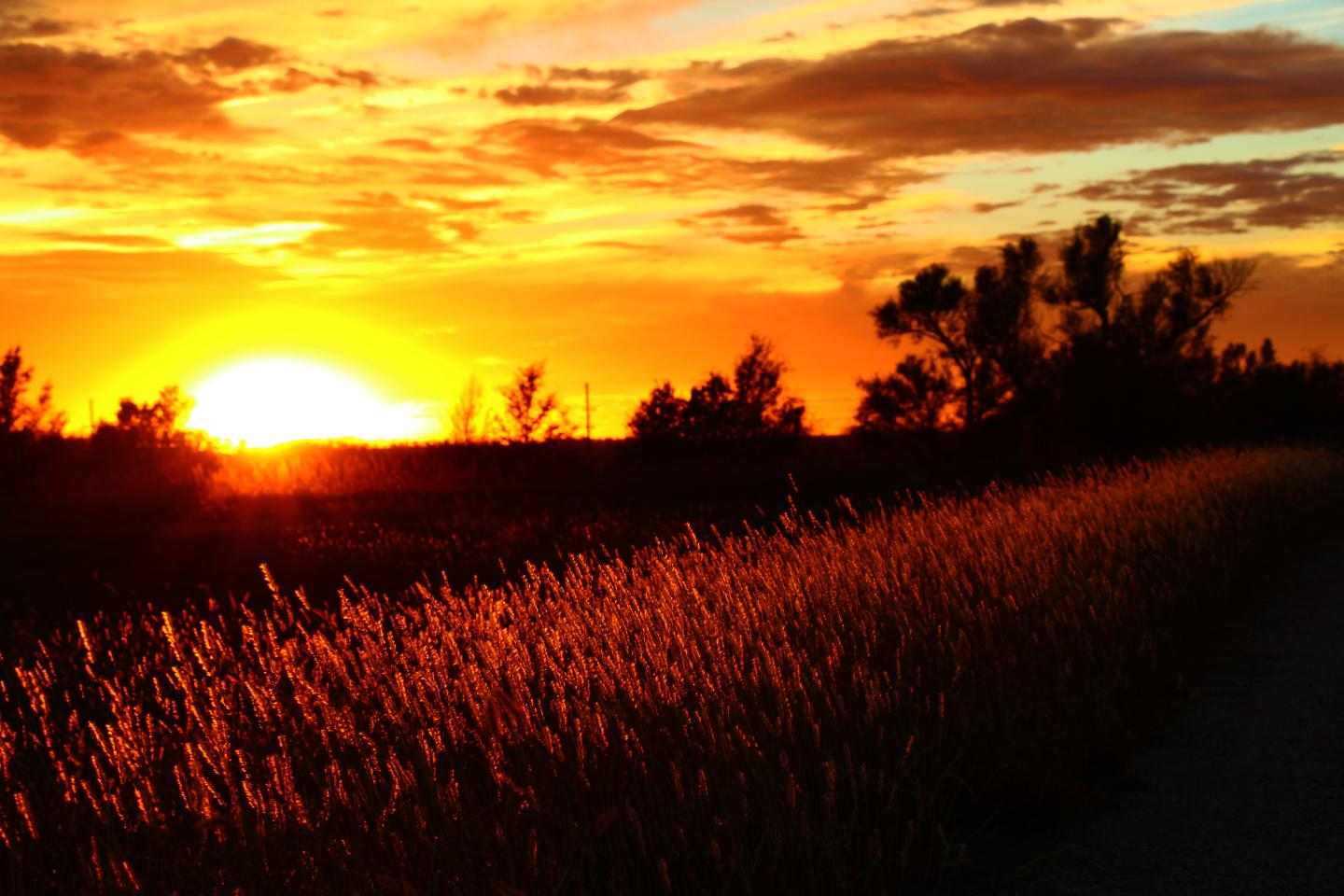
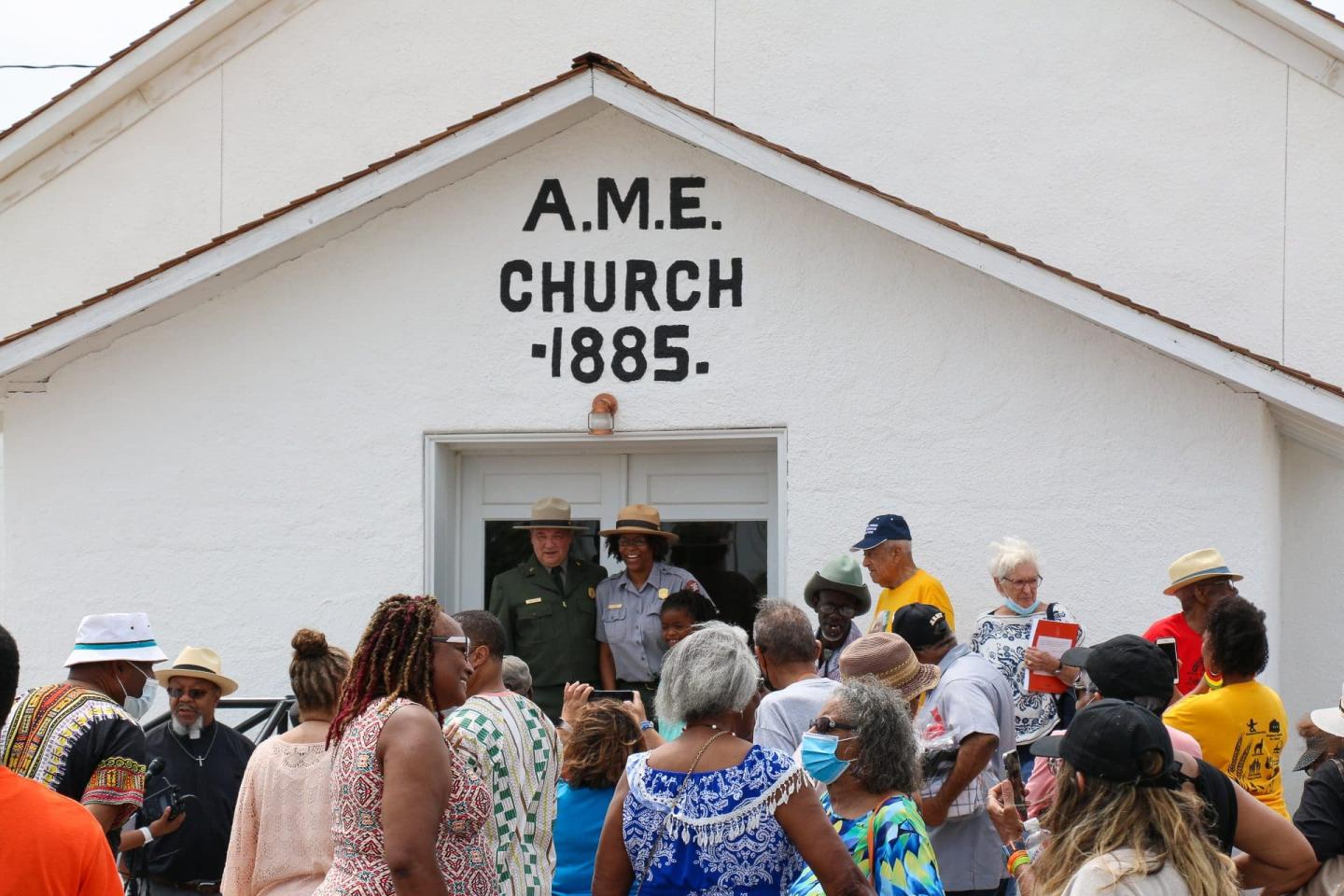
National parks tell the stories of African American resilience and brilliance.
For centuries, African Americans have played an integral role in building, founding, and upholding the ideals of the United States. These narratives of fortitude and excellence are intricately tied to the history of the nation and preserved in national parks throughout the American West.
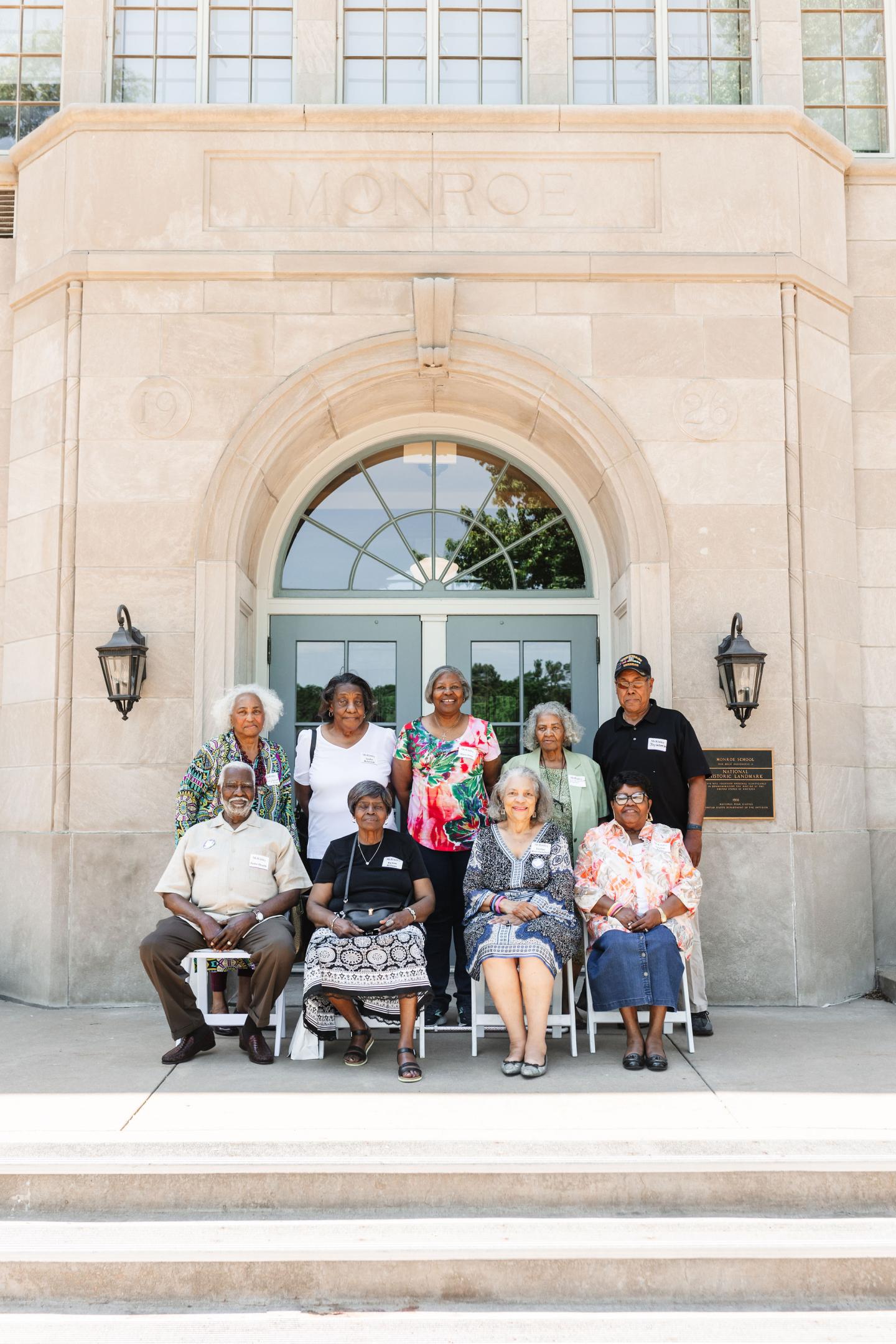
Many parks, many stories
The legacies of African American visionaries, artists, scientists, and activists resonate within the inspiring landscapes of national parks and contribute to the enduring strength of the country’s ongoing story. When you visit a park, you can interact with stories that transcend generations, chronicling the courage and resilience of African Americans who have shaped the course of history.
Need some inspiration?
Visit the below parks to connect with African American heritage.
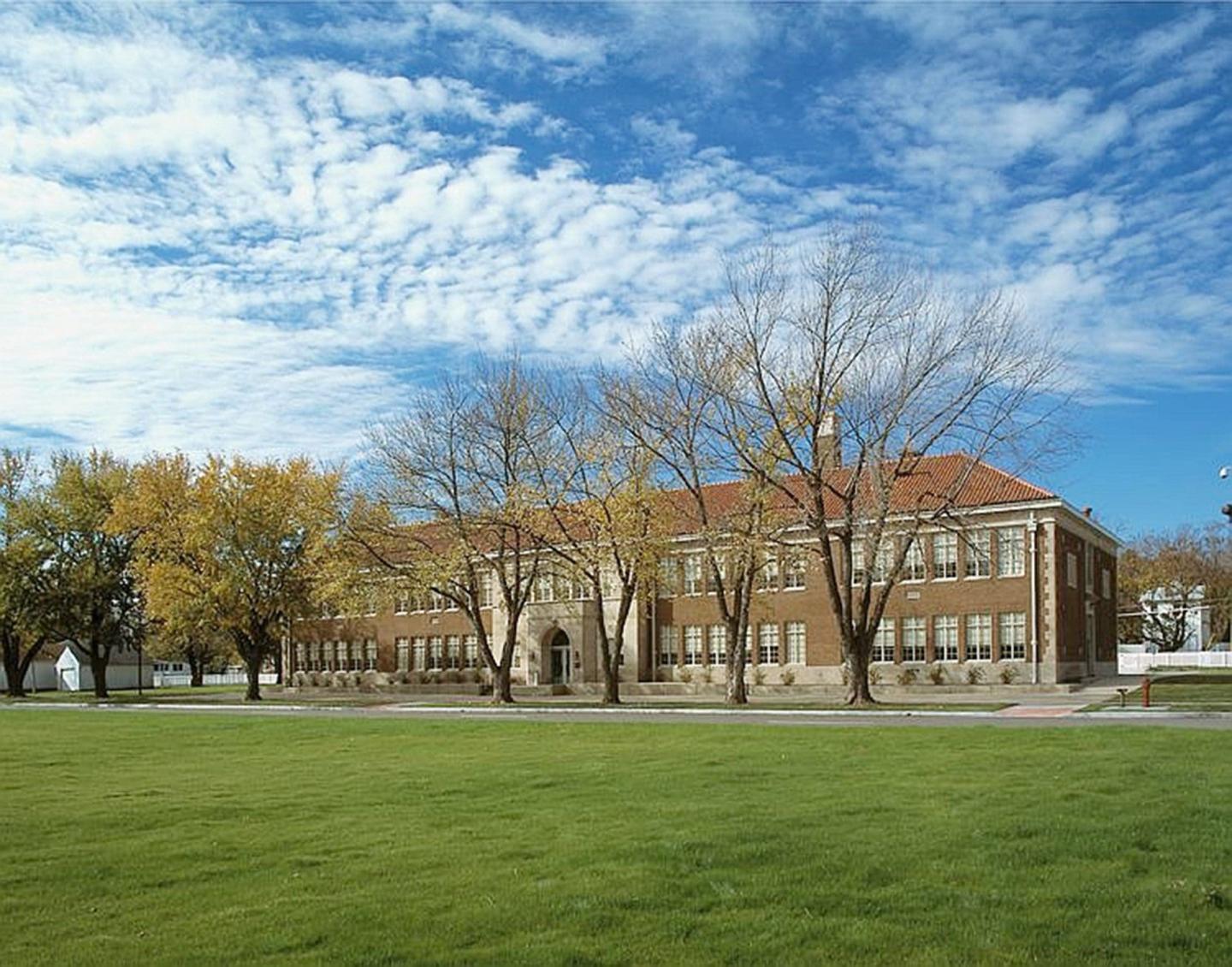
Brown v. Board of Education National Historical Park
The halls of Monroe Elementary School in Topeka, Kansas, echo with the footsteps of history, marking the birthplace of the landmark Brown v. Board of Education Supreme Court case. This ruling struck down racial segregation in public schools, forever changing the course of American civil rights.
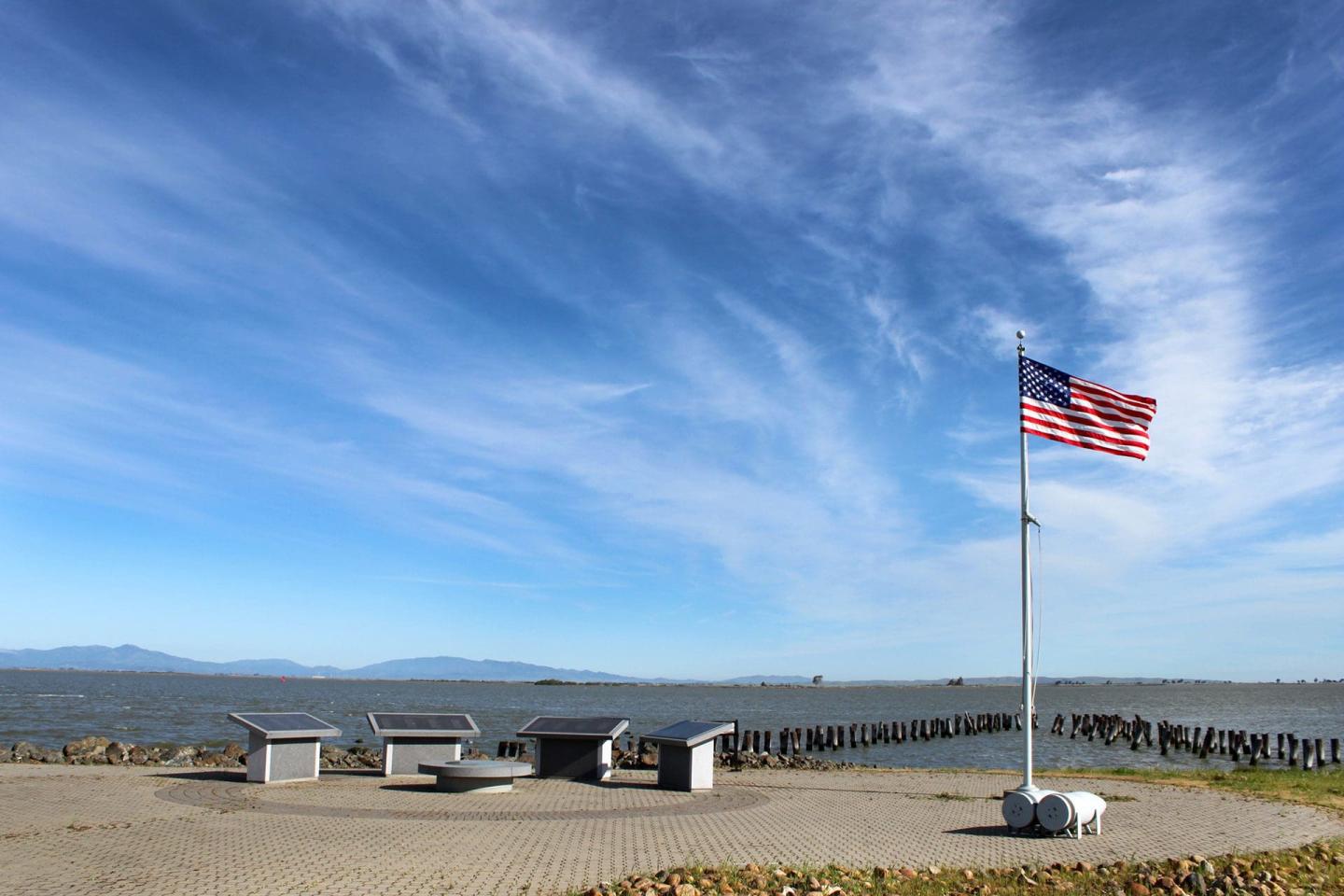
Port Chicago Naval Magazine National Memorial
During World War II, Port Chicago was the site of a tragic explosion that killed 320 sailors, the majority of them African American. The disaster exposed the stark racial discrimination in the US military, as Black sailors were forced into the most dangerous jobs without proper training. The Port Chicago 50, who bravely protested these conditions, helped ignite a movement that led to the desegregation of the US Navy. This memorial honors their sacrifice and the fight for racial justice in the armed forces.
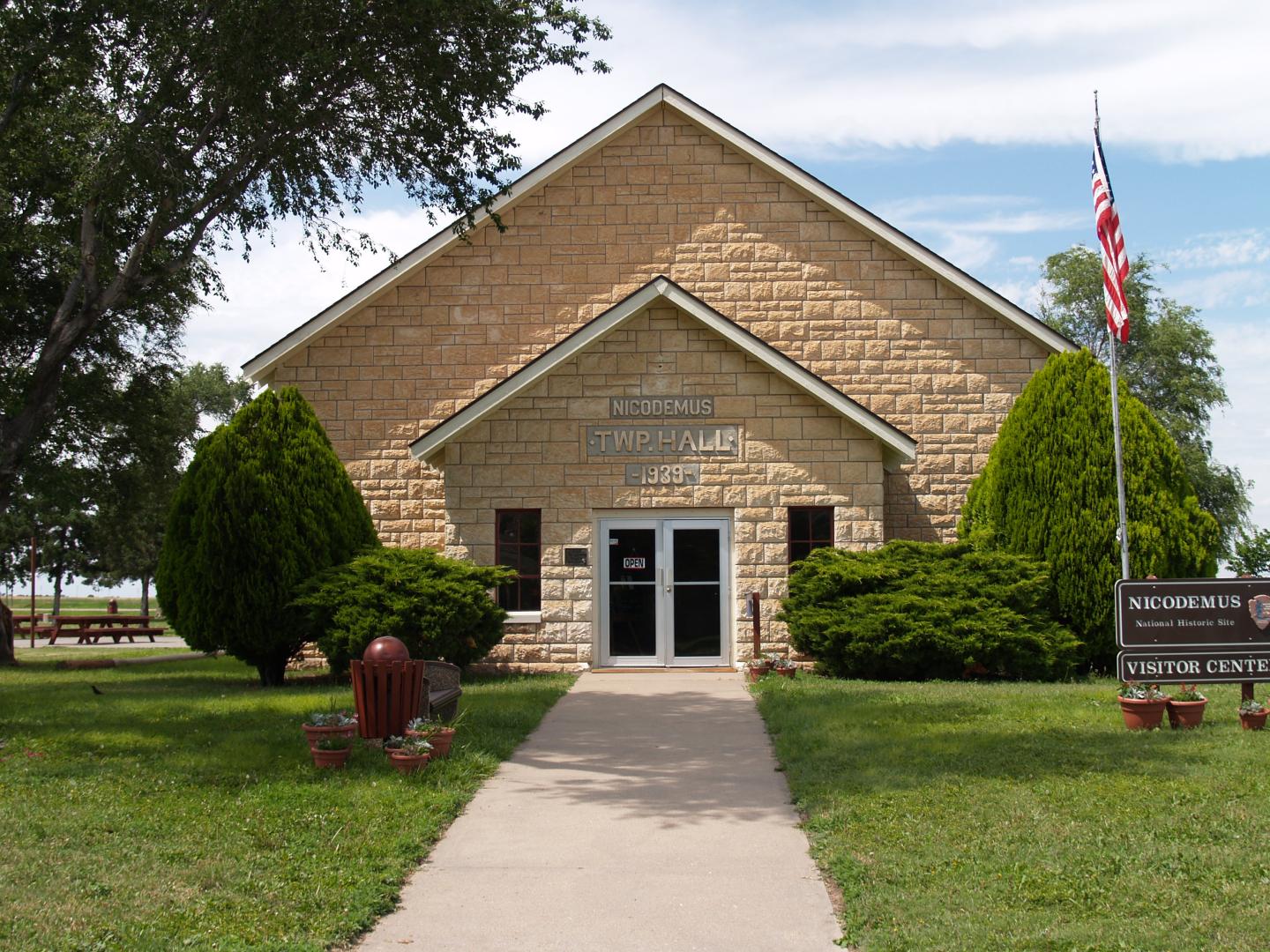
Nicodemus National Historic Site
Founded in 1877, Nicodemus stands as a powerful symbol of Black resilience and self-determination. Established by formerly enslaved African Americans seeking freedom and opportunity in the West, it remains the oldest surviving Black settlement on the Great Plains. Today, visitors can walk through the town’s historic buildings and hear the stories of the pioneers who built a thriving community against the odds, forging a legacy of independence that still endures.
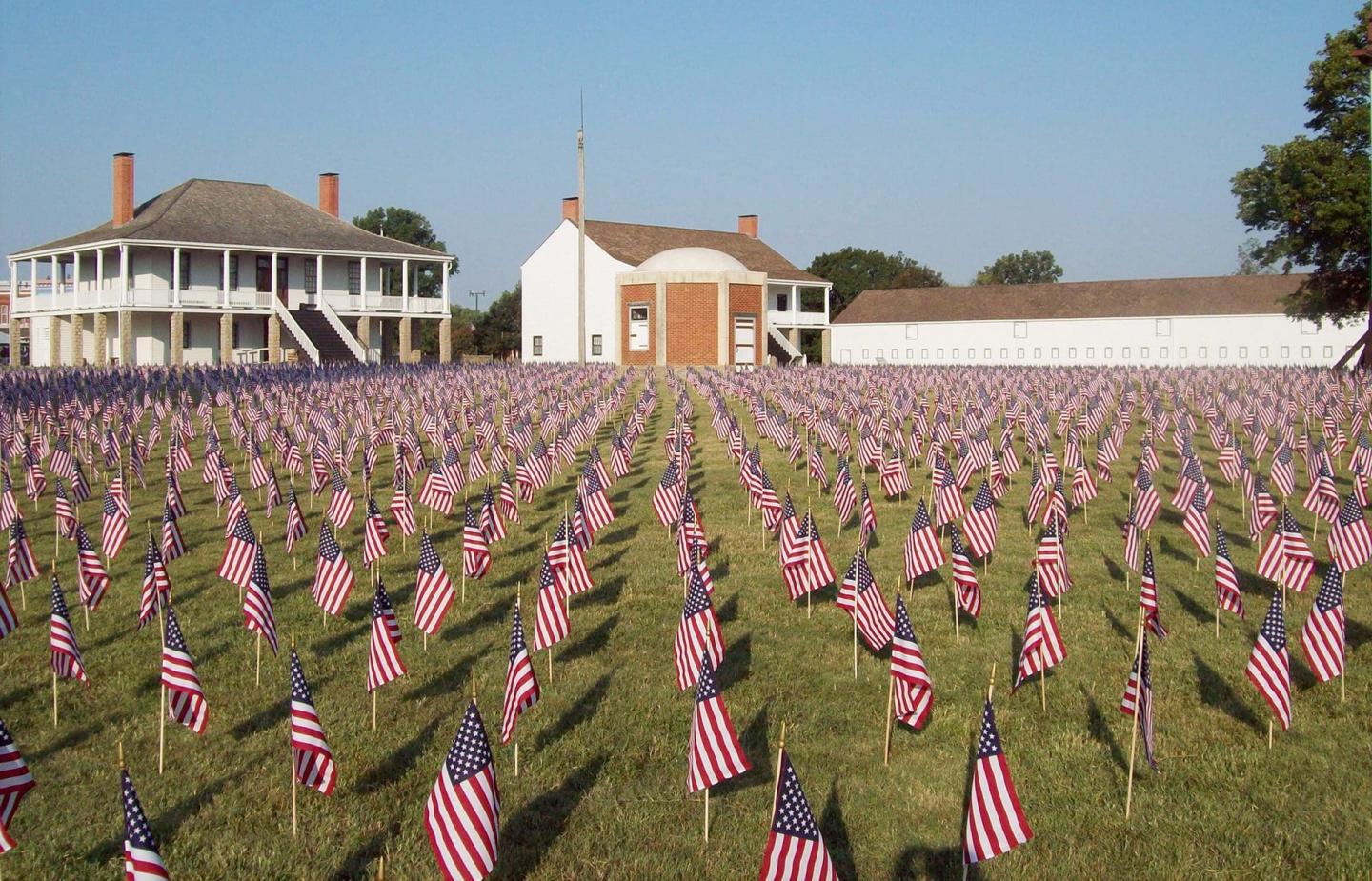
Fort Scott National Historic Site
Once a frontier military post, Fort Scott played a pivotal role in the fight for freedom. During the Civil War, it became a recruiting station for the First Kansas Colored Infantry, one of the first African American regiments to fight for the Union. These soldiers, many of whom were formerly enslaved, proved their valor in battle and helped shape the course of emancipation.
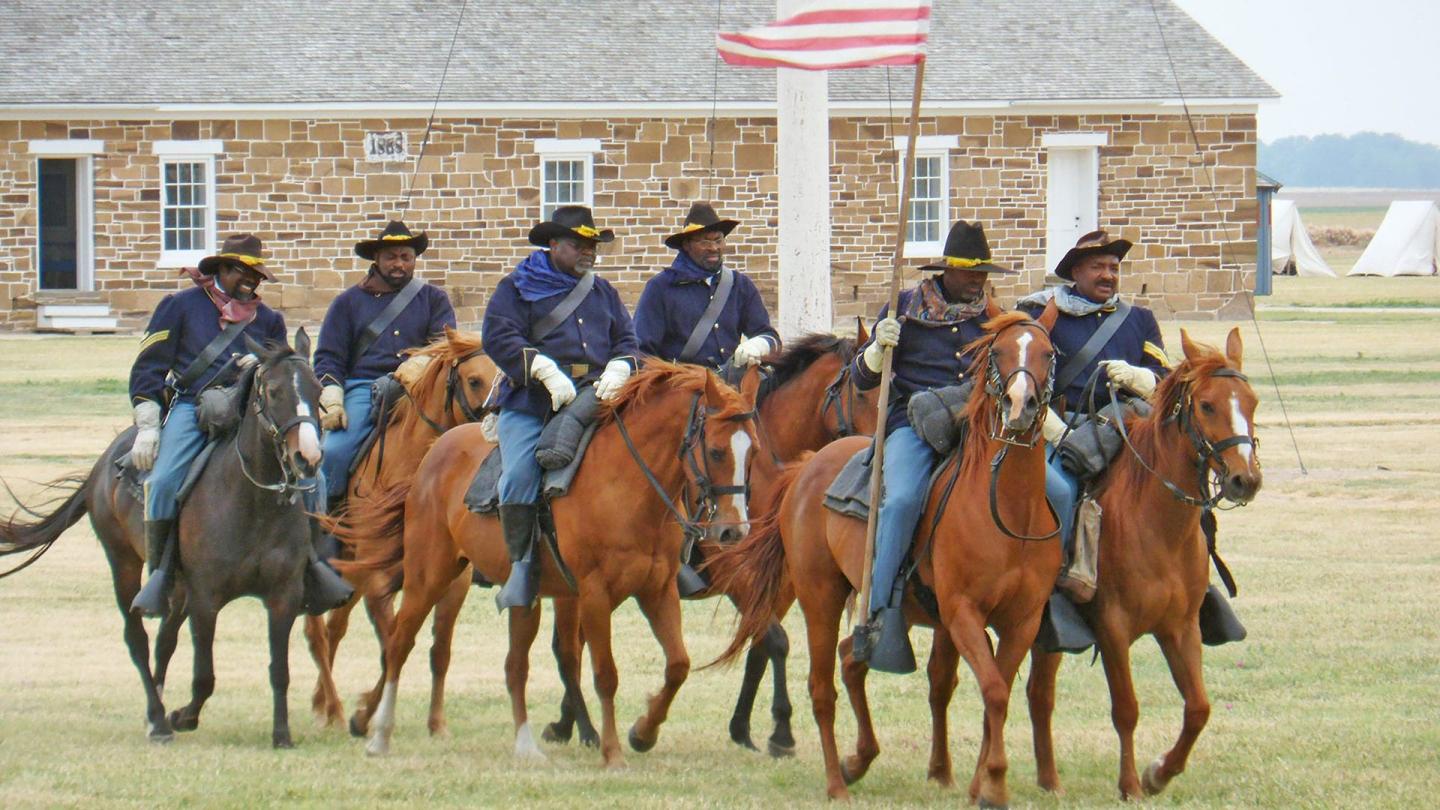
Fort Larned National Historic Site
Fort Larned, a key military outpost on the Santa Fe Trail, saw significant contributions from the Buffalo Soldiers—African American troops who patrolled the frontier and protected settlers. These soldiers, despite facing discrimination within the military, played a crucial role in shaping the West.
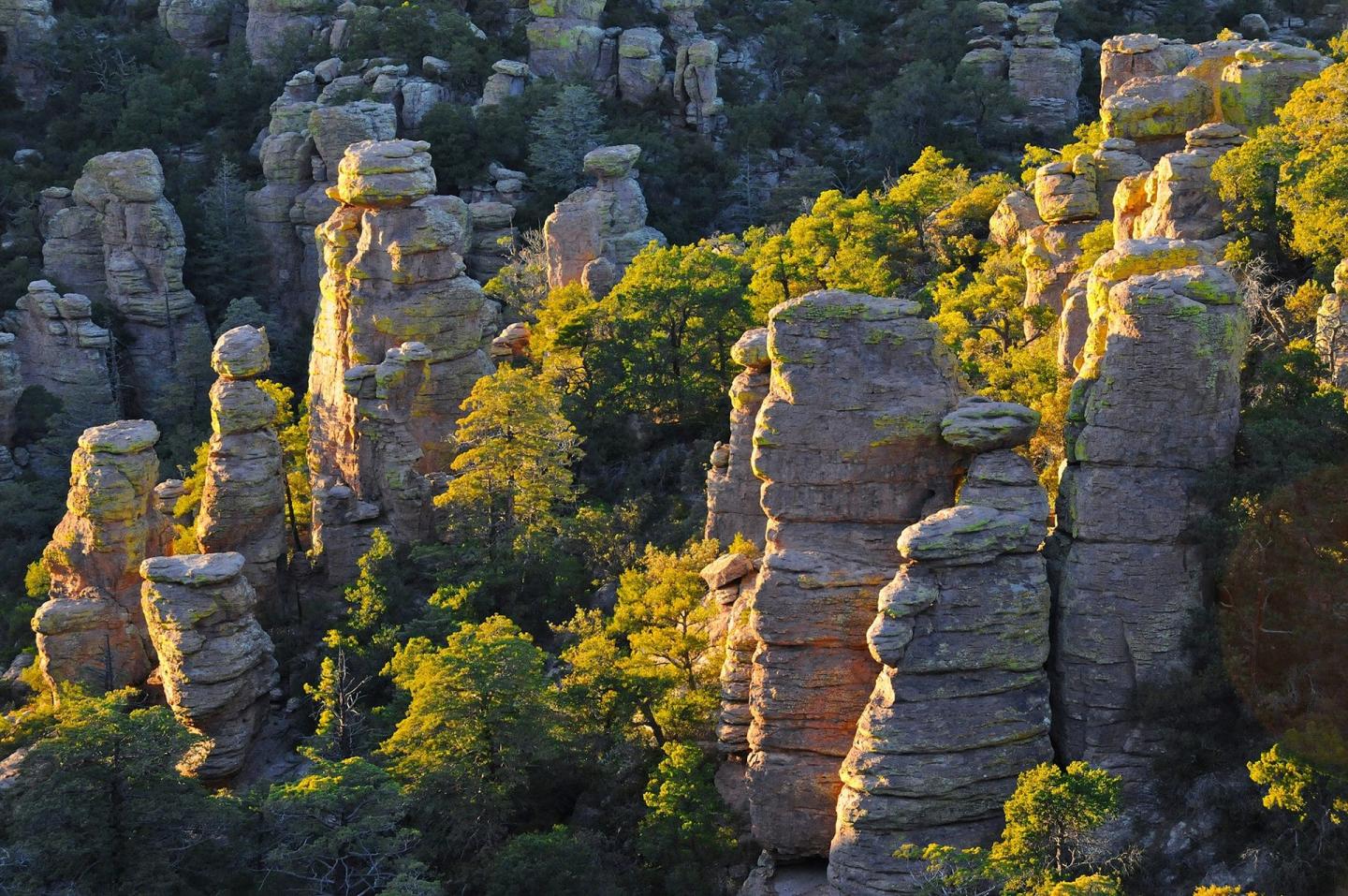
Chiricahua National Monument
Among the towering rock formations of Chiricahua National Monument, the legacy of the Buffalo Soldiers comes to life. In the late 19th century, these African American troops were stationed here, tasked with securing the Arizona frontier.
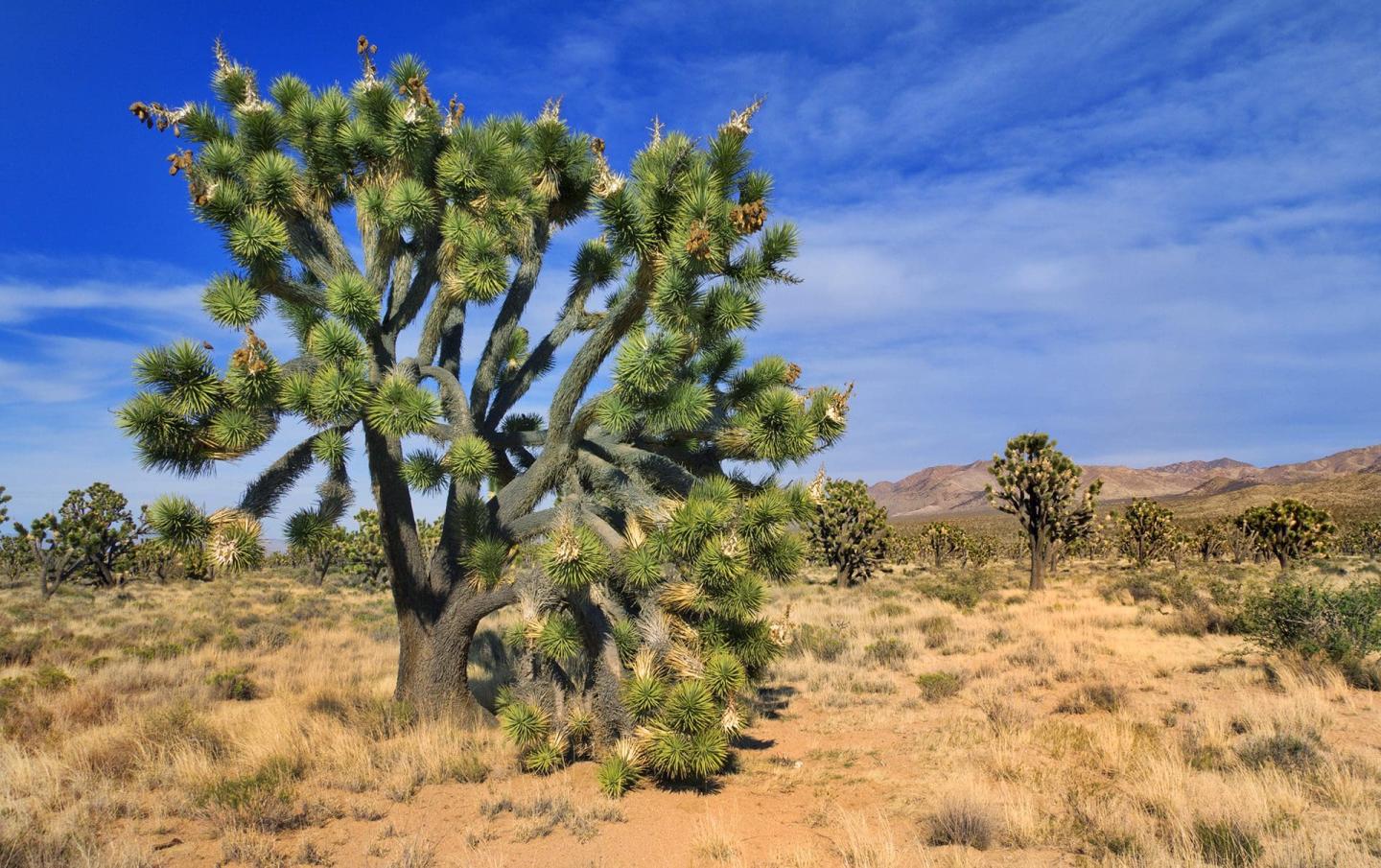
Mojave National Preserve
The Mojave Desert holds hidden stories of Black homesteaders and pioneers who sought new beginnings in the West. When the eastern Mojave Desert was opened to homesteading in 1910, Lanfair Valley, now preserved at Mojave, became the focus of a visionary group of African American entrepreneurs and clergy in Los Angeles bent on establishing agricultural and mining colonies in the desert.

Lyndon B. Johnson National Historical Park
President Lyndon B. Johnson played a pivotal role in advancing civil rights, and his Texas ranch offers a window into the history he helped shape. As the driving force behind the Civil Rights Act of 1964, Johnson worked to dismantle segregation and expand voting rights. Exhibits at the park delve into his complex legacy, highlighting the fight for racial equality and the Black activists who pushed the nation toward justice.

San Francisco Maritime National Historical Park
The docks and ships of San Francisco Maritime National Historical Park tell a lesser-known story of African American maritime workers. Black sailors and longshoremen played a crucial role in California’s shipping industry, from the Gold Rush to World War II. Many fought for fair wages and against racial discrimination in the labor movement, shaping the struggle for equality on the waterfront.
Explore parks for African American history
Legend
- Partner Park
- Gateway City



